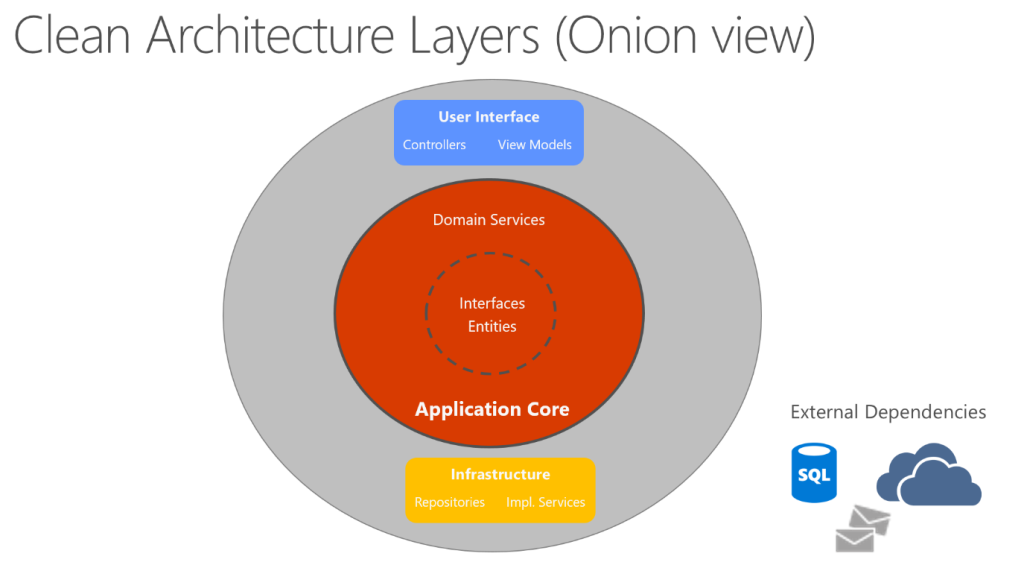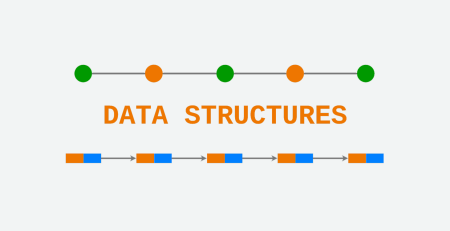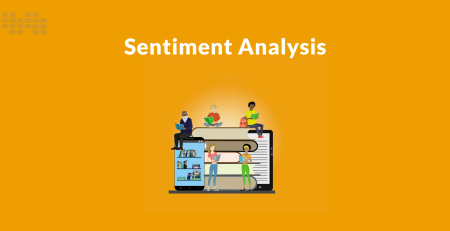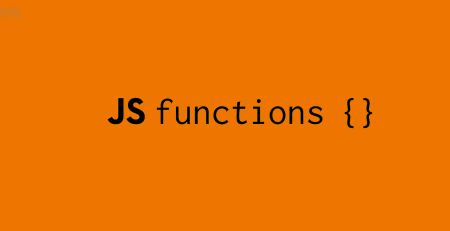How Web Applications Works?
Architecture for web applications. What is concealed by this idea? How do web apps function? And which patterns ought to you use in your upcoming project? Let’s investigate.
The basis is important whether you’re making a pizza or a house. If you don’t want your house to fall apart in a year, you need to build it sturdy enough to endure the full construction; you need to predict the load and use materials with outstanding properties (and all your investments to be wasted.) No matter how much chorizo or cheddar you add to the top, a homemade pizza should be simple to cut and soft but crunchy. Therefore, having the right number of components is crucial, as are your culinary and planning abilities.
Whatever you put your money, time, and effort into—a house, a pizza, a web application—a solid foundation, quality ingredients, and structure affect the outcome.
You will learn the fundamentals of web application architecture today. What makes that so crucial? How can a reliable yet expandable web app architecture be created? And what devices and innovations might facilitate that? Read on to find out the answers.
How does a web application work?
Let’s begin with the fundamentals.
A web app consists of two independent components that operate concurrently. These are the application’s front-end and back-end, respectively.
- The portion of a website that users can see is called the front-end or client-side. The program executes in a browser. Software developers construct markup in HTML/CSS and use JavaScript and its frameworks to develop the user interface for this section of an app.
- Users cannot access the back-end, also known as the server-side. When the front-end component sends an HTTP request, it operates on a server and answers. Data processing and storage are the responsibility of the app server-side. PHP, Ruby, Python, Java, and the Node.js JavaScript framework are a few of the popular server-side development languages.
The front end and back end of an app work together harmoniously. They are not interchangeable; they share data through HTTP requests. Server-side code cannot create the user interface for a web page, but neither can client-side code read data from the server. The web products to which we are used are produced by client-side and server-side code running concurrently.
Let’s launch any web page to demonstrate the procedure:
1- Visiting Nile Bits
You type the URL https://www.nilebits.com into the address bar of the browser. Your request is recognized by the browser, which then sends it to the server over the HTTPS protocol.
2- Processing the request
The web server receives the requests and responds with normal HTML code that your browser can interpret.
3- Parsing
A browser examines the code it receives.
4- Getting additional data
While a web app connects to third-party services on the back end if necessary, such as on payment gateways or maps, a browser downloads the necessary assets, such as images or fonts.
5- Rendering
A browser compiles all the information and creates the web page you requested.
Your request is responded to immediately by an optimized web application. While you read this text, dozens of requests are being issued in both directions.
It can appear that a browser handles most of the work. That’s not totally accurate, though, as you can view around 20% of the developer’s work on any given open web page. A whopping 80% operate anonymously and enable tasks like ordering a book from Amazon, tweeting, and using Zoom to talk to your partner. Users cannot perceive the intricate structure made of programming code.
That describes the architecture of the web application that processes your request and what goes on behind the scenes.
Web application architecture explained
The overall framework that outlines the parts of a web application, their connections, relationships, and dependencies is known as the web application architecture. It outlines the hierarchy of back-end and front-end components, how they interact with one another and external services, how they scale, and how they create a cohesive software product.
We can read about “the screaming architecture” in the Clean Code Blog. According to the author, your web app’s architecture ought to “scream” about the kind of program it is. Whether you’re building a social network, an e-commerce app, or a delivery app similar to Uber Eats, the architecture determines what you develop. It is therefore crucial to design the architecture in accordance with the needs of the app.
Design Patterns: Elements of Reusable Object-Oriented Software author Ralph Johnson claims that
“(architecture) is a decision you wish you could get right early in a project”
Ralph Johnson
Of course, if expansion and scale are among your objectives.
- Web application architecture defines if your app meets technical and business requirements
- It allows scaling, re-building, and optimizing your product for better performance and security
- Architecture design requires a deep understanding of the product and strong cooperation between business and engineering departments.
Of course, if scaling and growth are among your goals.

The application core can be seen at the center of a diagram. It is not only the core of a diagram, but also the core of your app: the essence, objective, and business purpose of the product are reflected in code here. Other application layers have no effect on the core. Interface entities are implemented by domain services. There are two distinct components outside the application core circle: user interface and app infrastructure. The user interface contains many view models, while the infrastructure is comprised of numerous aspects such as repositories. Both the UI and the infrastructure are directly dependent on the app’s core yet have no impact on one another.
External dependencies, third-party services, databases, and servers are all outside the clean architecture circle.
Let’s have a look at some major elements of clean architecture based on this brief explanation:
Independency
A well-thought-out structure allows you to easily update your product’s user interface – and nothing falls apart. You can move from MySQL to MongoDB and back again without affecting your system or its business purpose. Essentially, you can change, replace, or refactor each component of your app without having a direct detrimental impact on the features of other apps.
Testability
It is critical to make your product easy to test because its quality has an impact on its future success.
Clean architectural principles imply that a QA specialist does not need access to any database, server, or external services to test one or more system components.
Scalability
Your company’s expansion and application expansion are linked. It is critical to construct a framework that is easily scaled. Clean architecture also implies scalable architecture.
Maintainability
The web app business is a marathon, not a sprint.
As a result, a high-quality software app should be a long-term consumer engagement and acquisition tool. To give a high level of experience and suit business goals, a web application should be simple to manage and maintain.
5 software architecture patterns you may use for your product
Architecture is a form of art. Web application architecture can also become a work of art.
There are numerous approaches that can be taken. Software architects recommend ways for creating flawless architecture, produce books on the most often used architectural patterns, and develop innovative solutions to achieve the greatest outcomes. Finding the truth and sound guidance in gigabytes of digital data is difficult. As a result, in this post, we selected five architectures described by Mark Richards in his book Software Architecture Patterns. Dive deeper into the specifics of architecture to broaden your awareness and create a better vision for building your web product.
1. Layered architecture
One of the most prevalent principles is layered architecture, sometimes known as n-tier architecture. A database is “wrapped” around a complete app by software engineers. The web is shaped like a digital onion, with data entering an app on the top layer and moving down to the core. It passes through numerous levels that check, process, alter, rebuild, or transform data into programming code that the following layers can understand.
The well-known MVC structure (Model-View-Controller) is a layered architecture. The View layer, which users interact with, is created by software engineers using HTML/CSS and JavaScript. The Model represents the heart of the app, and the Controller allows interaction between the inner and higher layers.
- Pros: each layer of the n-tier architecture is focused on its particular role. It enables the separation of concerns: changes in a specific layer don’t affect other layers. It meets the clean architecture requirement: layers are isolated, thus, easier to test and refactor.
- Cons: code may turn into a mess. Some modules may be separated between different layers; long-lasting inorganization may turn an app into a monolithic piece of code, extremely hard to maintain and scale.
When should you use a layered architecture?
If you wish to reduce time to market, N-tier architecture may be useful. It is an excellent choice for a small MVP and proof of concept. It is popular among inexperienced developers since it allows them to practise using the MVC structure and gain a thorough understanding of a software product.
2. Space-based architecture
If the entire web solution is designed around a single database, and the amount of requests or number of users grows, the database may eventually be unable to handle the demand. The entire structure then collapses.
The load is dispersed across multiple servers in a space-based design. This pattern is also known as cloud architecture or distributed architecture.
Multiple jobs can be simplified and accelerated via distribution. However, because there are so many data storages, data analysis may become more complicated.
- Pros: space-based architecture enables better performance and may save a web solution from failing.
- Cons: load testing may be difficult. An extremely high volume of data is needed to test the distributed system correctly with high capacity.
When should you use space-based architecture?
For high-load systems, online streams, and social networks, space-based or cloud architecture is the best option: these applications acquire, store, and process a large amount of data. Software engineers benefit from increased performance and maintainability by distributing data over various clouds.
3. Event-driven architecture
Data must transit through all tiers even if it does not have to in an N-tier architecture. It may result in, among other things, increased page load time, delayed reaction to user actions and requests, and so on.
How can this be avoided?
The answer is provided by the event-driven pattern.
Following this method, a software engineer creates unique modules that “collect” all input data and then redirect it to modules that are responsible for a specific type of action. Each module only interacts with specific events, resulting in improved speed and user experience.
- Pros: event-driven architecture is easy to extend. A new module accompanies a new feature or a new type of event without impacting other functionality. The structure remains stable and grows at the same time.
- Cons: proper testing may turn to a headache. It is impossible to test the specific feature before the entire system is ready. If several modules have a common event to react to, it is hard to identify the possible issue and, as a result, to fix it.
When should you utilize event-driven architecture?
Asynchronous systems benefit the most from the event-driven pattern. Furthermore, if you can simply describe how to divide your software into numerous modules, each performing a specific type of task, event-driven architecture may come in helpful.
4. Microkernel architecture
microkernel is the near-minimum amount of software that can provide the mechanisms needed to implement an operating system
Wikipedia
The Eclipse IDE, according to Ralph Johnson, is an example of microkernel architecture. The tool can handle a variety of jobs. Some of them, such as file opening and editing, are handled by a microkernel.
The goal is to implement some basic activities in a microkernel. A microkernel in your program, for example, may ask for a user name, perform a simple request, check if the payment is complete, and so on. On top of the microkernel design, you may add additional plugins to enhance the functionality of your app. As a result, this structure is also known as “the plugin architecture.”
- Pros: the architecture allows differentiating routine tasks from critical operations and handles the routine in the background. This may contribute to overall app performance.
- Cons: it’s a challenge to ascertain which tasks should be put in a kernel. The development of relations between plugins and kernels requires defined must-follow rules. Code refactoring and microkernel modification may be difficult: the more plugins depend on a specific kernel, the more challenging it is to change it.
When should a microkernel architecture be used?
This type of architecture may suit your needs if you can clearly distinguish which parts of your software belong to a kernel. Furthermore, if your program handles a set number of routine chores as well as a component that changes dynamically, turning routine into a microkernel may be a fantastic solution.
5. Microservice architecture
Everything will be OK if you’ve created a modest, visually appealing MVP.
Then, on top of that, you add another minor feature.
Then you add more based on the needs of your users and the expectations of your investors.
Then you create payment functionality and integrate it with a third-party provider.
Then you add more, ask for more input, build a user base, and pile more cream, jam, and onion on top of your initially tiny, attractive pie.
You eventually find yourself unable to support and extend the tremendously large, wildly varied construction.
What if you placed each element on its own plate and serve it on a festive table separately?
That is how microservices operate. You split various functionality and develop them as distinct services. You gently link each microservice to an app, rework, change, or delete it as needed, all without disrupting the structure.
- Pros: powerful digital companies like Netflix use microservices architecture pattern. It allows easily to scale the product, adjust it according to users’ demands, improve, fix and maintain each component separately.
- Cons: it is hard to cut an app to fully independent components.
When should a microservice architecture be used?
Consider the following use cases:
- You build a multi-component web app – an app that consists of several independent pieces of functionality;
- Your business develops rapidly, and it’s essential to develop and deploy multiple features simultaneously;
- You work with a distributed engineering team.
Tools for web application architecture
When searching the web for an ideal technology stack for web app architecture, you may come across several viewpoints and publications praising one or more technologies.
The book Web Application Architecture: Principles, Protocols, and Practices describes many techniques to developing web applications. A software engineer may utilize Java Servlet API for dynamic web page creation, code in PHP, create scripts, use ASP.NET Core, and so on, depending on the strategy chosen.
However, there is another point of view: framework independence. Some people believe that your product’s architecture should be resistant to technological changes. A tech-agnostic strategy gives you more alternatives and flexibility; it lets your development team to use the technologies with which they have extensive experience. More alternatives mean more opportunities to create a better product.
The software engineering market provides a plethora of tools and solutions for architectural tasks, however in the end,
“Your architecture should tell readers about the system, not about the frameworks you used in your system.”













Leave a Reply